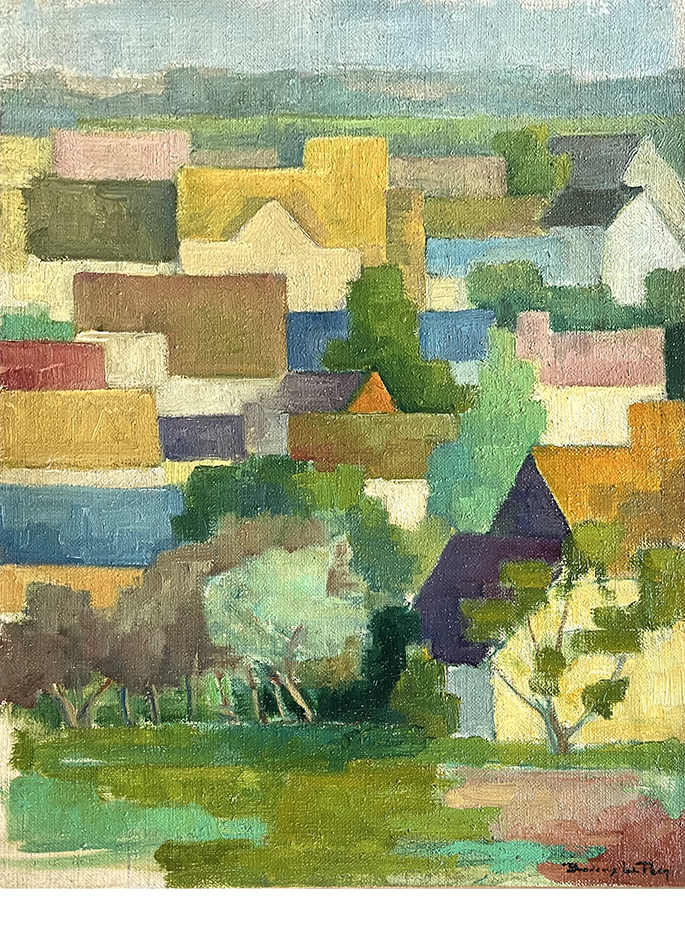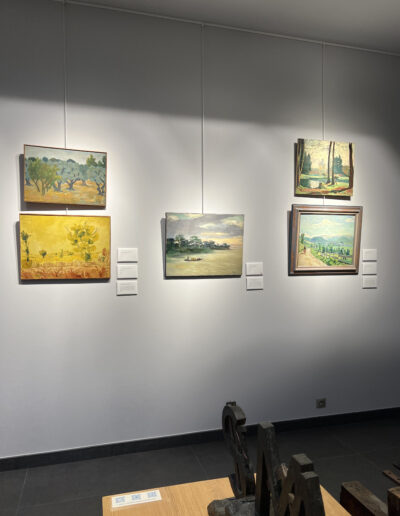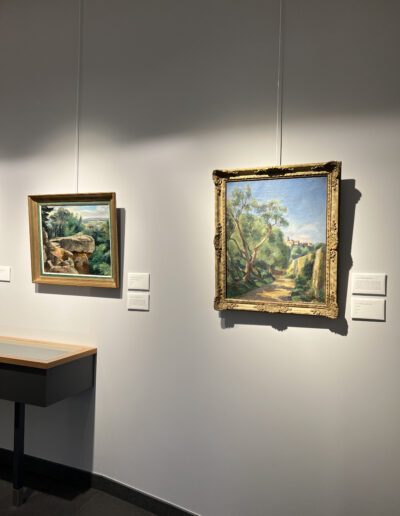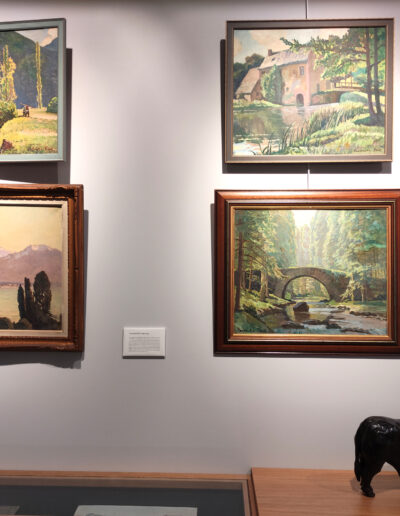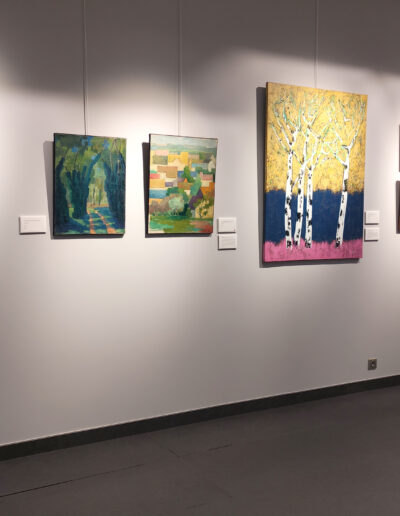Exhibition So beautiful is the Earth
From 27 January to 6 april 2024
But why are we suddenly reminded of Maurice de Vlaminck? No doubt because this immense artist, known with André Derain to be the founder of Fauvism, is one of those who best sang the beauties of the earth. Let’s be clear: we are not talking about exceptional sumptuousness, as seen in the great parks of America, the deserts of Africa or the jungles of Asia. No, by this simple expression, we mean sober, rustic, spontaneous, close, real, more or less noticed, more or less felt beauties…
Works from the exhibition So beautiful is the Earth
So beautiful is the Earth…
But why are we suddenly reminded of Maurice de Vlaminck? No doubt because this immense artist, known with André Derain to be the founder of Fauvism, is one of those who best sang the beauties of the earth. Let’s be clear: we are not talking about exceptional sumptuousness, as seen in the great parks of America, the deserts of Africa or the jungles of Asia. No, by this simple expression, we mean sober, rustic, spontaneous, close, real beauties, more or less noticed, more or less felt… On this subject, Vlaminck, a sort of gentleman farmer rooted in the Eure-et-Loir countryside, delivers a gripping testimonial. “I bequeath to the young painters all the flowers of the fields, the banks of the streams, the white and black clouds that pass over the plains, the rivers, the woods and the tall trees, the hillsides, the road, the little villages that winter covers with snow, all the meadows with their magnificent flowering and also the birds and the butterflies… these priceless assets that each season sees reborn, blossoming and pulsating, these assets that are shadow and light, the color of sky and water, don’t we sometimes need to be reminded that they are our priceless heritage, the instigators of masterpieces? “
Certainly a priceless heritage, a priceless testament… Does this mean that the recluse from La Tourillière, who wrote as energetically as he painted, supported ecological positions ahead of their time? The idea would have made him jump. The truth is, he was very suspicious of men or philosophies He only believed in common sense. He only admired the soil on which he loved to walk, and which he crushed with his boots at planting time. So, in the tradition of plein-air painters, we welcome the flowers, fields, clouds, plains, rivers and tall trees he offers us. Under the title “Si belle est la Terre”, and under the accomplished signature of a brotherhood of masters, fields and rivers forge the very heart of this thirty-sixth exhibition organized at the Centre Cristel Éditeur d’Art.
Precisely, which masters and second masters do we hang on our walls? A host of them, including six winners of the Prix de Rome, a once-sacred award celebrated as the equivalent of the Nobel Prize in painting. Among them is an authentic heir to Vlaminck: Pierre Jérôme, who won a prize in 1934, shares his elder’s dark, wild touch, like lightning in a stormy sky. His two featured paintings confirm that it takes very little to create a masterpiece! In facts, a foreground, a background, a vanishing line, a horizon. A bit of hill, the trunk of a tree, a mossy roof, a bushy cloud. And then, above all, an artist’s hand, Jérôme, of course, but also André Tondu, Albert Decaris, Georges Arnulf, André Bizette-Lindet, Constantin Font, Paule Gobillard, Andrée Bordeaux Le Pecq, Guily Joffrin, André Planson, André Favory, Jacques Blot, Eugène Corneau, Gabriel Dauchot or else Jacques Berland, another peasant painter long in love with ploughing. What do these men and women have in common, apart from the fact that they were free artists, committed to defending their own style? The very joys that bring us together… A taste for landscape painting, never out of fashion. The urge to run along the paths, then to stop suddenly, to linger, to breathe, to look, to contemplate the countryside for a long time, as one contemplates the face of a beloved person. Do we need to write it? The Earth lives! Sometimes she suffers, sometimes she laughs
Paintors teach us this: we need to love her
Christophe Penot
Art editor






